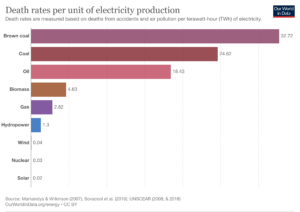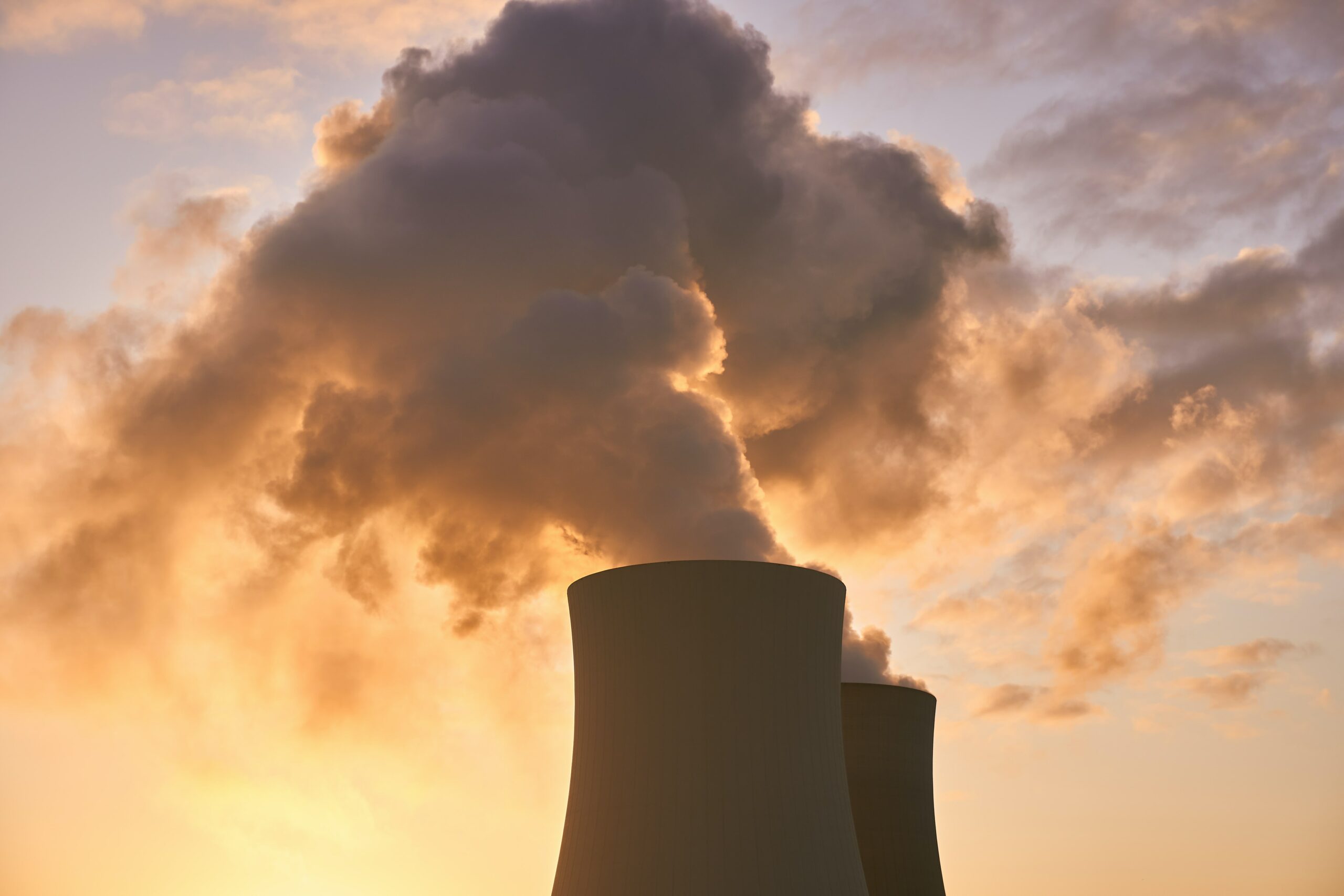Methane gas caused Johannesburg explosion, investigation finds
An investigation has concluded that methane gas was the cause of the deadly Lillian Ngoyi Street (formerly Bree Street) explosion in Johannesburg city centre in June. The explosion killed one person, injured several others, and caused infrastructure damage and service disruption in the area.
The reparation and reconstruction costs would amount to at least R178 million, confirmed City of Johannesburg City Manager, Floyd Brink, during a media briefing on Wednesday, 2nd August. Brink also explained the source of the methane was yet unknown. However, the investigation ruled out a gas leakage, illegal mining underground or negligence as suspected causes.
To avoid future reoccurrences, the city plans to implement several measures, he confirmed. This includes tunnel upgrades to reduce the risk and severity of explosions, continuous gas detection, alarms and gas detector sensor monitors for all staff working the tunnels regularly.
What is methane — and why is it dangerous?
Methane – the main component of natural “fossil” gas – is a flammable and explosive gas. It is also a potent greenhouse gas, and one of the world’s biggest climate pollutants. It has contributed around 30 per cent of the rise in global temperatures since the industrial revolution, and is therefore a significant driver of the climate crisis.
In 2022, the coal, oil and gas industry was responsible for nearly 135 million tonnes of methane emissions globally, according to the International Energy Agency (IEA). To meet net zero emissions, immediate and major reductions in methane emissions are necessary, it says.
In addition, methane is the primary contributor to ground-level ozone — a hazardous air pollutant that causes one million premature deaths globally every year. In 2022, the Centre for Environmental Rights (CER) highlighted the health risks of gas and methane in a report: “Gas poses serious threats to human health at every stage of its lifecycle, including adverse birth outcomes and premature mortality”, it read.
Expanding gas in South Africa poses many risks
Despite the dangers to human and planetary health, the government’s Integrated Resource Plan envisages an additional 3,000 MW of gas power to come online in 2024 and 2027, including the polluting and expensive Karpowership contract. This conflicts with expert independent analysis that says investing in South Africa’s abundant renewable energy sources – namely solar and wind – will solve the country’s energy security issues quicker and more cheaply, while addressing climate change, improving air pollution, and creating jobs.
Furthermore, as the Johannesburg disaster highlights, the high methane content of natural gas means its use poses significant risks both for public health and workers in this dangerous industry. The just transition to renewables is the best solution to protect citizens and minimise harm to workers employed in the energy sector.

“Research shows that instead of committing South Africa to the long-term harmful effects and expense of gas, we should instead be focusing on renewable energy as the quickest and cheapest way of increasing our energy capacity,” said CER attorney Gabrielle Knott.
As well as the harm to people and the climate, gas is also a bad investment. A 2022 report published by the International Institute for Sustainable Development (IISD) states that South Africa’s plans to expand gas could prove to be a “very expensive mistake” for its people.
Related Articles
South Africa’s coal plant extension plans are deadly and costly, finds new report
Delaying coal plant decommissioning is projected to lead to 15,300 excess air pollution-related deaths and cost R345 billion, finds CREA analysis.
International gas lobby trying to sell the climate-heating fuel as ‘green’
Strategy documents from one of the world’s largest fossil gas lobby reveal the industry’s campaigns to lock in fossil gas and stall progression to net zero worldwide. Analysis of the documents, published by the think tank InfluenceMap, shows the International Gas Union (IGU) has sought to redefine the role of gas in the face of growing […]




